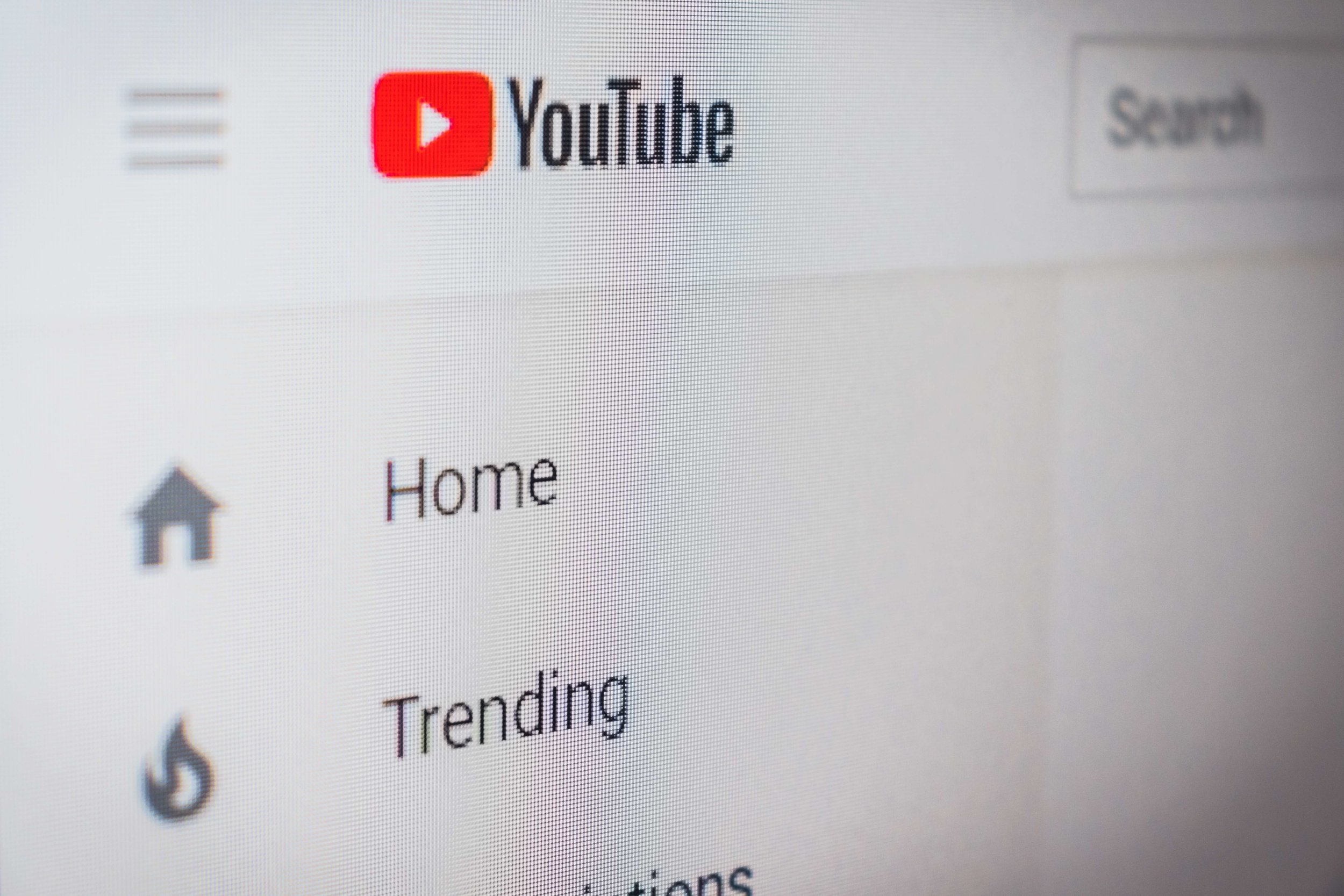A few days ago, I laughed and cried my way through the Won’t You Be My Neighbor? documentary about Mister Roger’s and his famed neighborhood. If you haven’t seen it, I highly recommend it!
As a kid who watched and loved that show, it brought back a lot of memories. However, as a kid who grew up to be a marketer, I can’t help but watch everything through that lens as well. Occupational hazard! One of the things that struck me was his approach to the concept of his show. He stripped away a lot of the fanfare and gimmicks he saw on other shows, leaving room for his authenticity, playfulness, and heart for educating children on important values. And kids loved it!
Okay, so what does this movie have to do with launching, you might ask? Well, it’s that same lesson I want you to take into your next launch. People will ultimately resonate with you and your mission, not simply because of some stunt or gimmick.
Sure, there might be times when those kinds of tricks enhance your launch, but don’t come to depend on them. If you have a sale every time you launch a new product, for example, people may start to only buy at that time. After all, when’s the last time you bought something full priced at Old Navy? With a new sale every other week, they’ve trained people to wait for the next sale before making a purchase.
I’m also reminded of those launches that give away the latest iPhone or a European trip. Does anyone else sign up for all of those? I know they do because I never seem to win! However, as soon as that giveaway is over, I jump ship and unsubscribe. That’s no way to build a loyal list.
But I also realize that people also have to see and hear your mission to get on board. So, let’s talk about 10 high result, low budget launch marketing ideas that I love. There are varying levels of time and energy required for each, but I’ve seen them do great things for other nonprofits and social enterprises, and think they can serve you well, too.
1) Empower People to Share About Your Launch
There’s still no better form of advertising than word-of-mouth. So, why not increase yours by empowering people to do just that? And it helps when you can give them a nudge, too!
I wrote a whole blog post about this idea, but the gist is that you should provide pre-written social media samples (text, images, videos, etc.) to your staff and key stakeholders for every major launch. Essentially, you’re giving them all the tools they need to help promote with little effort on their part. If they have to think hard about it or write their own, they’re much less likely to take action.
2) Update Your Website . . . In More Than One Place
This may seem like a silly thing to state, but remember how we’re all still waiting for common sense to catch on? Yep, this goes in that category. I’m saying it because I see it.
If you’ve got a huge launch coming up, and you don’t make it prominent on your website—and in multiple places—you’re doing yourself a big disservice. It’s common to put a launch image or blurb on your homepage, but what about other pages? It might be a great fit there, too. And, depending on how someone found you, they may not even land on your homepage first, so you don’t want them to miss the memo.
3) Add Bonuses to Your Launch
Bonuses are usually my preference over discounts. This way you aren’t devaluing your service, product, event, or whatever else you may be creating. Plus, they can make your launch even more exciting, resulting in more eyes paying attention.
Bonuses are normally offered during the pre-launch or early launch phase, and examples can include one-on-one time with you, an additional product, a video series, a gift from one of your partners, etc. The options are endless!
Don’t get me wrong, sometimes sales and discounts are the way to go, but take a look at bonuses as well. “Limited time offers” fall under this umbrella, too. They’re a great way to ask people to take an action with a deadline in mind, which is often very beneficial for you in the planning stages.
4) Email Your Tribe (More Than Once)
Inboxes fill up fast, so don’t rely on just one or two emails to make your big announcement. And people often have great intentions to buy or donate, but they’re also bombarded with a million distractions every day.
So, create a series of emails to educate and inspire your tribe to take action. Find different angles of your launch to address in each one, rather than simply repeating the same information.
5) Jump On Facebook Live and Instagram Live
Over the last couple of years, video has become hot, hot, hot! For this introverted copywriter, that’s a real bummer, ha! For others it may be great news. Regardless, it’s important to sit up and pay attention. Takeaway —> You can’t ignore video!
So, it’s time to jump on Facebook and Instagram Live. What you should love about this marketing channel is that it’s super cheap. As in free. You don’t need a studio or all the fancy lighting. With the click of a button, you’re in business.
If video is new or uncomfortable to you, I suggest starting with Facebook and Insta Stories because they disappear in 24 hours. Less pressure, hooray! Once you have a little more courage, or if you prefer to force yourself as I do, give Facebook Live a chance. Video allows you to talk to your fans almost as if you were in the room with them, giving you a fantastic opportunity to talk about your launch and cause.
6) Utilize All Your Real Estate
If your organization has multiple websites, email lists, social media channels, or apps, make sure they’re all involved and promoting. This is no time to be timid!
When I was an event marketing director, our main sources of revenue were events and curriculum. The curriculum purchasers logged in regularly to view materials, and we also had an internal bulletin board on their website for announcements. So, you’d better believe I promoted events over there!
Besides your main website and social media, where else can you communicate to potential donors and customers?
7) Ask Partners to Promote Your Launch
Who do you know that can help promote your launch for free? This can be individuals or companies. It might be official partners and sponsors, or casual friends of your nonprofit or social enterprise that want to see you succeed enough to promote on your behalf.
This is a great opportunity to get in front of entirely new audiences. Just remember, however, that you may need to scratch their back in the future, too.
8) Let Your Audience In On The Process
Create ready-made buyers when you give people a say in the end result. Allowing your audience to provide ideas, feedback, or suggestions during the pre-launch phase to gives them ownership and gets them excited. They’re more likely to participate and share the launch as well.
I’ve seen authors allow their fans to choose book covers, course creators ask for suggestions, product makers seek out testers, and much more. How can you get your people involved?
9) Share Customer Reviews or Testimonials
We all love social proof. It’s the reason we seek out Yelp and Amazon reviews. It’s nice to know that someone has come before us and already loves what we’re interested in. It simply helps us proceed with confidence.
Obviously, some launches lend themselves better to this idea than others, but don’t be afraid to think out-of-the-box. If you have a fundraising campaign, for example, add testimonials to your site (and giving page) from those that have benefitted from your work or have previously donated.
Here’s an example from Signify.
10) Pre-Sale Your Launch
Wouldn’t it be a wondrous thing to have money coming in before you’ve officially launched? That’s the beauty of a pre-sale.
This is why some events allow you to purchase tickets to the following year before you even walk out the door. It’s also why movies sell tickets months in advance. And don’t forget about those books that come with pre-launch bonuses, or courses that give you a discount prior to hitting the market. The pre-sale has definite advantages for both you and the buyer!
PIN THIS POST FOR LATER:
I'm Kristi Porter, and I started Signify to provide writing and consulting services to nonprofits and for-profit organizations with a social mission, primarily through copywriting, marketing, and business communications. I also teach solopreneurs and small businesses how to incorporate philanthropy and giving strategies. I believe that cause-focused organizations are the future of business. You're proof that companies can both make money and do good. And I'm here to help you get noticed and grow. When you succeed, we all win.











































